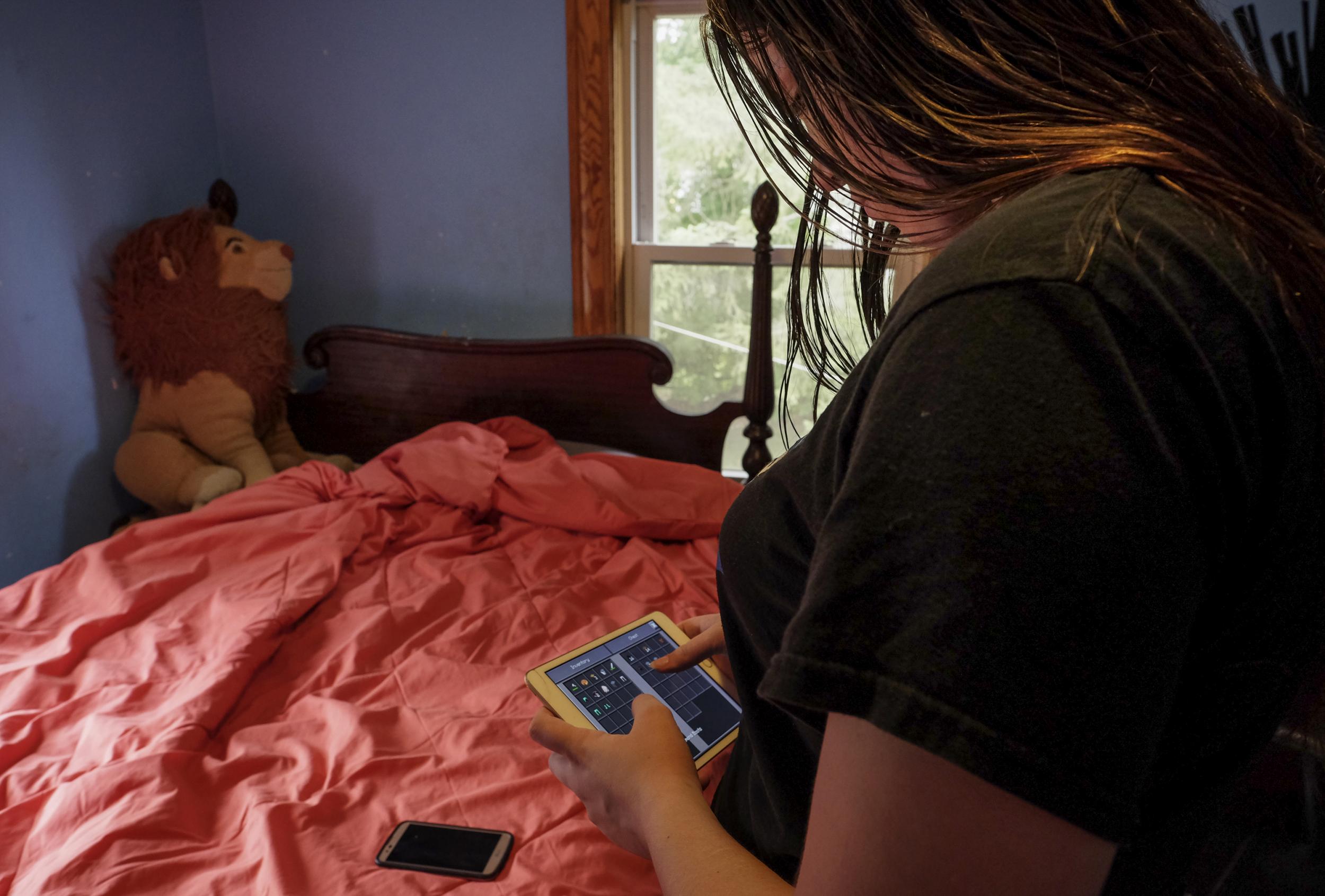'Guide to sexting' goes viral after police share it to help parents of teens spot signs of possible exploitation
Police force shares guide to help parents decode ever-evolving text talk to help keep teens safe online

Your support helps us to tell the story
From reproductive rights to climate change to Big Tech, The Independent is on the ground when the story is developing. Whether it's investigating the financials of Elon Musk's pro-Trump PAC or producing our latest documentary, 'The A Word', which shines a light on the American women fighting for reproductive rights, we know how important it is to parse out the facts from the messaging.
At such a critical moment in US history, we need reporters on the ground. Your donation allows us to keep sending journalists to speak to both sides of the story.
The Independent is trusted by Americans across the entire political spectrum. And unlike many other quality news outlets, we choose not to lock Americans out of our reporting and analysis with paywalls. We believe quality journalism should be available to everyone, paid for by those who can afford it.
Your support makes all the difference.A “guide to sexting” is doing the rounds on Facebook after a police force shared it to help parents spot signs of child sexual exploitation.
With a bewildering array of acronyms and abbreviations routinely used as part of the average teenager’s messages, Northern Irish police team PSNI Newry and Mourne shared a guide to “secret sexting codes”, which originated in the US.
The guide reveals that LH6 stands for “let’s have sex” while the number 8 apparently represents oral sex.
There are various terms to alert the other person in a conversation that a parent is around, including MOS (mum over shoulder), P999 (parent alert) or PAL (parents are listening), and even KPC for “keeping parents clueless”.
Parents may be horrified if they found the abbreviations NIFOC on their child’s feed, as it apparently stands for “naked in front of computer”, while IWSN means “I want sex now” and “GYPO” is short for “get your pants off”.
In addition to sexting terms, the guide also reveals references to drugs such as “420” for marijuana and disturbingly, KMS and KYS which mean “kill myself” and “kill yourself” respectively.
The post has now been shared around 4,000 times, and while most people commenting “liked” the post, others took exception to it, with some teenagers claiming most of the abbreviations were alien to them.
Some adults commentating were horrified, while others joked that perhaps they would start using some of the x-rated codes in their own messages.
The police force said in another Facebook post: “Some of the codes may not be being used here but it is something to be aware off if you see cryptic messages on your kid’s devices.
“Also prevention is better than cure so speak to your kids about their online activity, what they are using and respect the age limits of social media platforms.”
While snooping on teenager’s conversations may be considered a violation of their privacy by some, police have stressed the need for vigilance to protect children from online grooming.
The NSPCC found that one in seven youngsters have taken a naked or semi-naked picture of themselves – with more than half going on to share this image with another person.
It claims one in five indecent images shared of children online were taken by the child themselves, and then shared without their consent.
A recent study by the NSPCC found that children were being coerced into exchanging messages of a sexual nature from an increasingly young age.
The organisation believes more than 2,400 children were victims of exploitation by gangs and groups in the UK between August 2010 and October 2011 – the last year for which it has statistics available.
Join our commenting forum
Join thought-provoking conversations, follow other Independent readers and see their replies
Comments